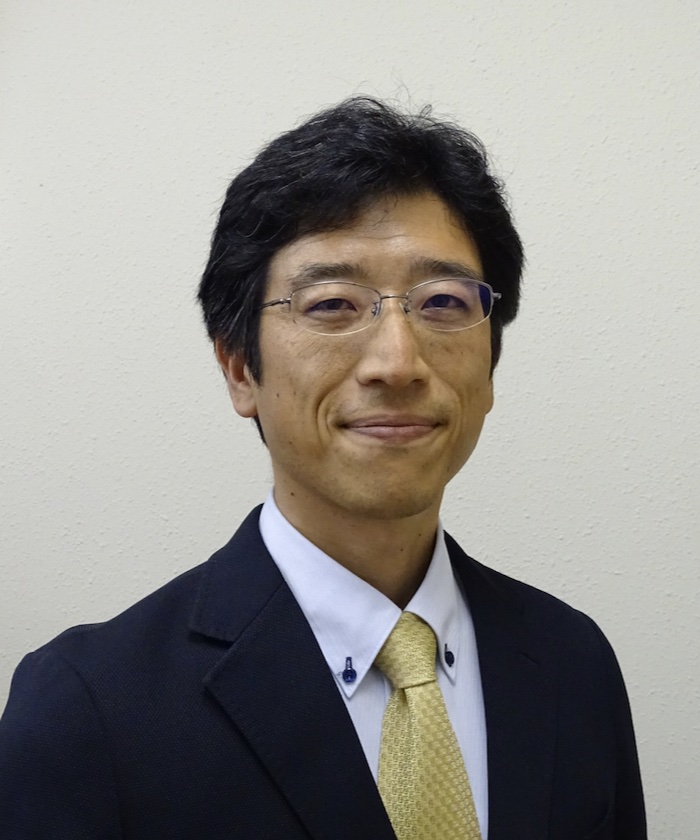















In preparation for the advent of Society 5.0, a human-centric society realized by a system that seamlessly integrates the cyber and physical spaces- there is a nationwide accelerated push for enhancement in data science education. In the field of medical science too, there's a demand for education in data science, including AI, and its technologies are already starting to be introduced. Our department aims to introduce the rapidly advancing data science technology into medical education and scientific research, striving to push one step ahead.

I assumed my position at Yamaguchi University Graduate School of Medical Sciences in October 2016. In April 2017, with the goal of steadily advancing systems medicine and medical AI by utilizing artificial intelligence (AI), systems biology, and bioinformatics, the long-standing Department of Environmental Health Sciences (formerly Department of Hygiene) was renamed to the Department of Systems Bioinformatics.
In recent years, the Ministry of Education, Culture, Sports, Science and Technology (MEXT) has been promoting data science education. At Yamaguchi University School of Medicine, our department has been at the forefront of this initiative, striving to assist medical students in becoming future data science doctors. To achieve this, naturally, solid research applying AI, Systems Biology, and Bioinformatics to medical science is fundamental. We are also keen on collaborative research with both clinical and foundational departments, aiming to enhance the research capabilities of our medical school and, more broadly, contribute to the advancement of medical research in Japan.
Medical AI has the potential for early and accurate diagnosis and prediction of therapeutic effects. Systems Biology offers a powerful analytical method that mathematically captures the dynamics of physiological functions, leading to a deeper understanding and paving the way for the development of new treatments. From a biological perspective, Bioinformatics, which analyzes the blueprint of physiological functions, i.e., genomic information, in detail, serves as its foundation. Skillfully integrating these 3DS technologies -AI, systems biology, and bioinformatics- in the field of medical science, our staff and I are dedicated to medical education and research.